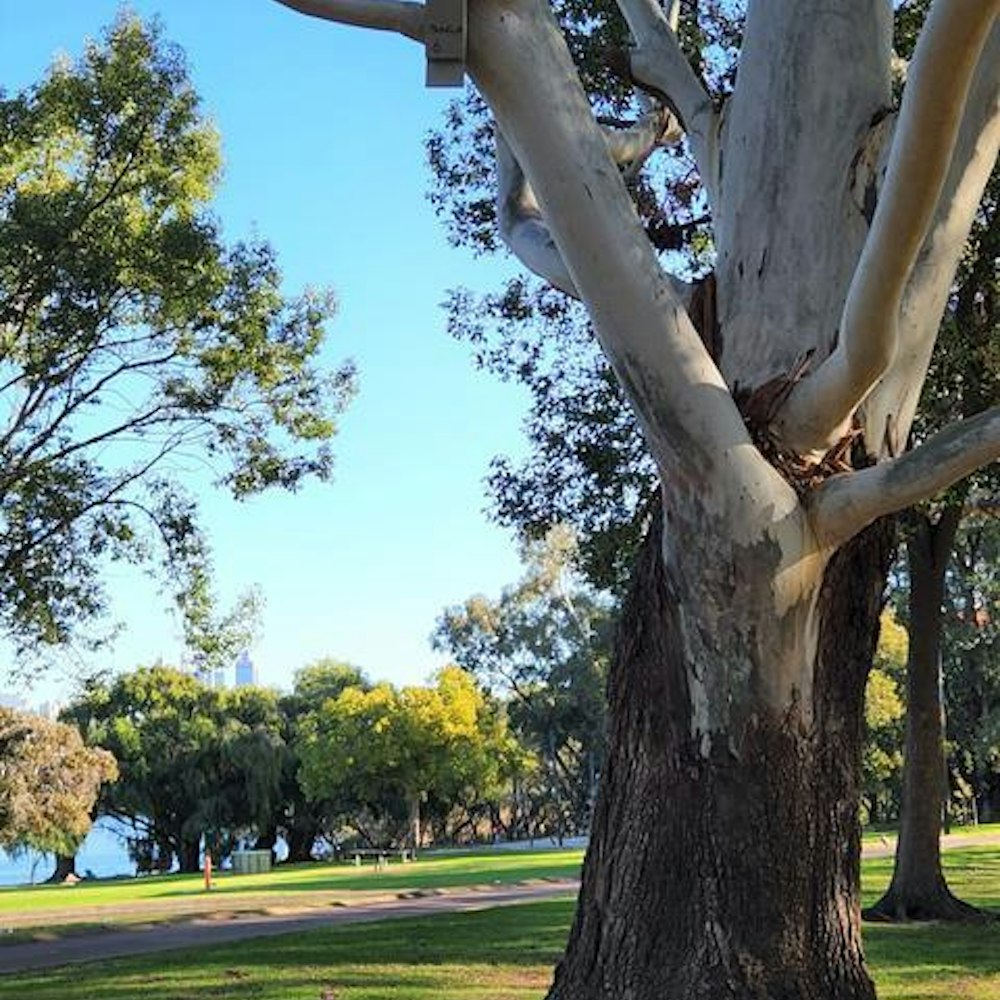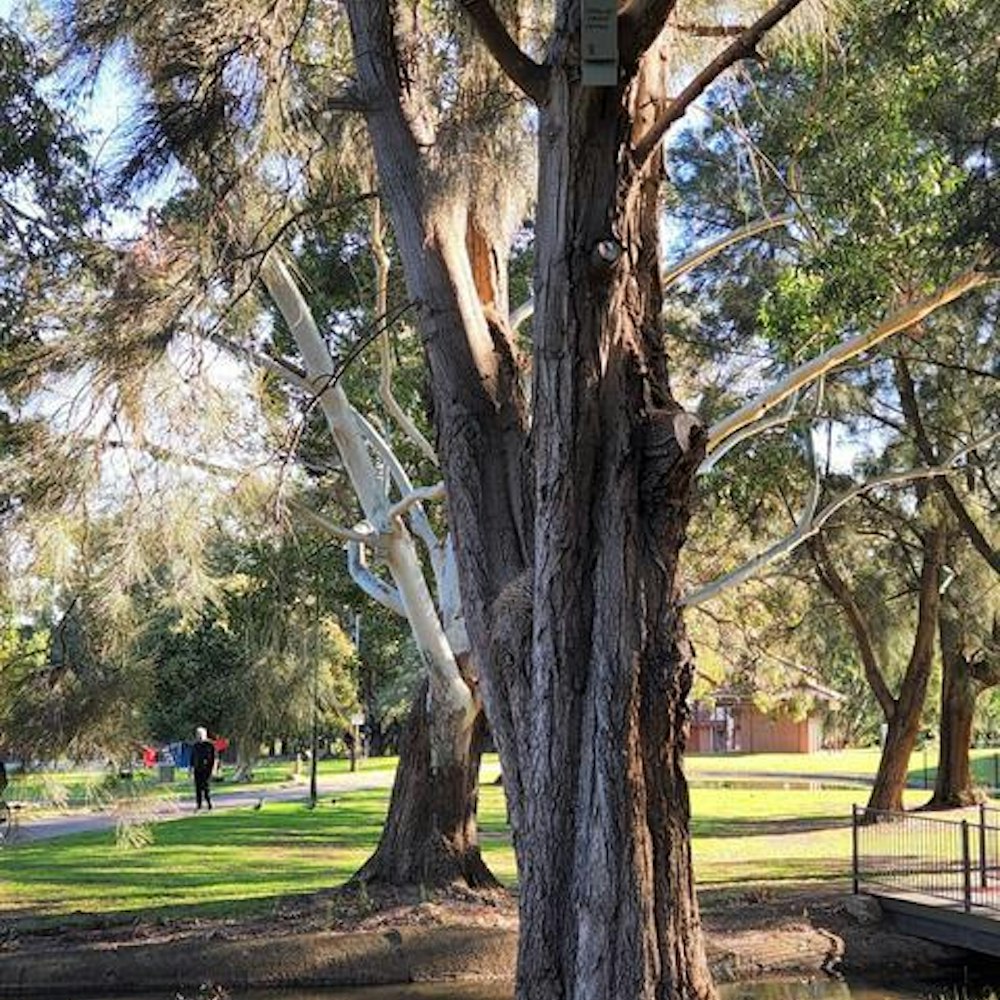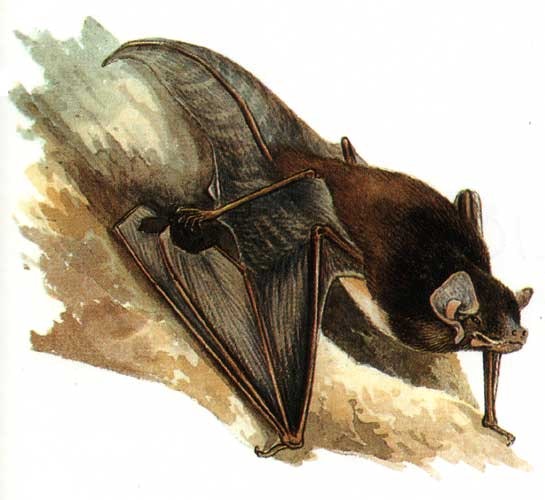Bats on Our Doorstep
Did you know we have bats right here in Perth? Not the large Fruit bats but the small and 'cute' Microbats. Having attended a bat box building workshop a couple of months ago, it was most interesting to learn more about these fascinating mammals.
The most common type of Bat in WA is the Microbat, especially the Gould's Wattled Bat, which is highly adaptable, found over most of Australia and uses a variety of roosting sites including tree hollows. The Whitestriped Freetail Bat is endemic to southwest WA and is one of the few bats whose echolocation calls are audible to the human ear.
Microbats are small, nocturnal creatures making them difficult to see with some weighing just 3gms and able to fit through small gaps that are 5mm wide, while larger Microbats can weigh up to 150gms with wingspans of 25cm. Being insectivores, Microbats spend most of their active time hunting for insects and foraging for food but quickly disperse at the first sign of intrusion. One Microbat can eat 1,000 mosquitoes per night.
Bats emit high-frequency sound waves that bounce off objects and Microbats use this echolocation to navigate and hunt in the dark. The waves that bounce back to the Microbat tell it a lot about the object – how far it is, its texture, shape, size and if it is stationary or moving. Many bats have special features to help them echolocate e.g. very long ears for hearing.
During daylight hours Microbats are known to spend their time inside hollows of tree trunks or branches and urban clearing is creating a major lack of habitat for them.
Ways to help
Because bats, including Microbats play a vital role in biodiversity, you can you help them by;
- Planting native habitat trees
- Installing safely designed and comfortable bat boxes in trees. (make sure to clear away debris or branches from their flight path)
- Learning more about bats
- Raising awareness of the importance of bats
At the bat box workshop, we had to work in pairs for the construction and had our name put on the box we constructed which was a fun way to remember the workshop.
Our bat boxes have now been installed along the river foreshore at Bardon Park Maylands and are painted in light grey, mounted on tree trunks about 4 metres up and easily seen as they are unobstructed by branches. So why not go for a walk down there on a sunny day and see how many boxes you can spot.
Bat References
- Go Batty!
- Integrate Sustainability, Richardson St West Perth
- The Wetlands Centre Bibra Lake
- Gould's Wattled Bat


